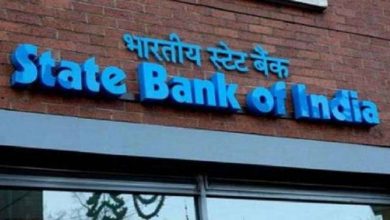India’s Agriculture Under Strain as Monsoon Rains Fall Short

India has received 20% less rainfall than normal since June 1, raising concerns for the country’s vital agricultural sector. This significant shortfall has been reported by the India Meteorological Department (IMD), with most regions except a few southern states experiencing deficits and some northwestern states facing heat waves. The monsoon, crucial for economic growth in Asia’s third-largest economy, typically starts in the south around June 1 and spreads nationwide by July 8, enabling farmers to plant key crops such as rice, cotton, soybeans, and sugarcane.
The central regions growing soybeans, cotton, sugarcane, and pulses have seen a 29% shortfall, while the paddy-growing southern region benefitted from 17% more rainfall than normal due to the early onset of the monsoon. The northeast has received 20% less rainfall, and the northwest has experienced a staggering 68% deficit. These summer rains are essential for nearly 70% of India’s water needs for farms and to replenish reservoirs and aquifers, particularly as almost half of India’s farmland relies on monsoon rains due to the lack of irrigation infrastructure.
An IMD official, speaking anonymously, mentioned that the monsoon’s progress has stalled but expressed hope that a revival could quickly erase the rain deficit. Meanwhile, northern states continue to endure heat wave conditions, with temperatures ranging from 42 to 47.6 degrees Celsius, significantly above normal levels. The official predicted that temperatures might start to decrease over the weekend, potentially offering some relief.






